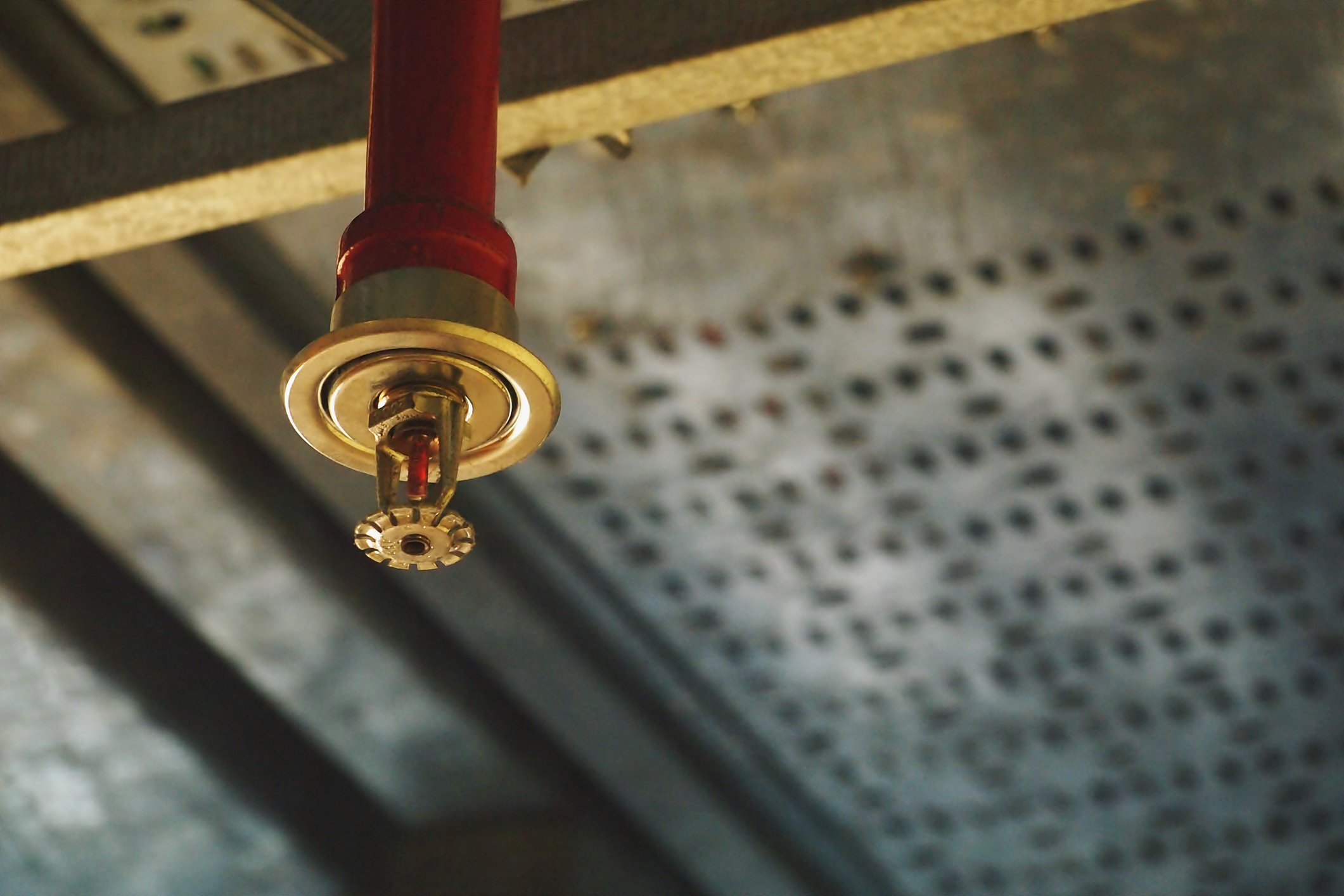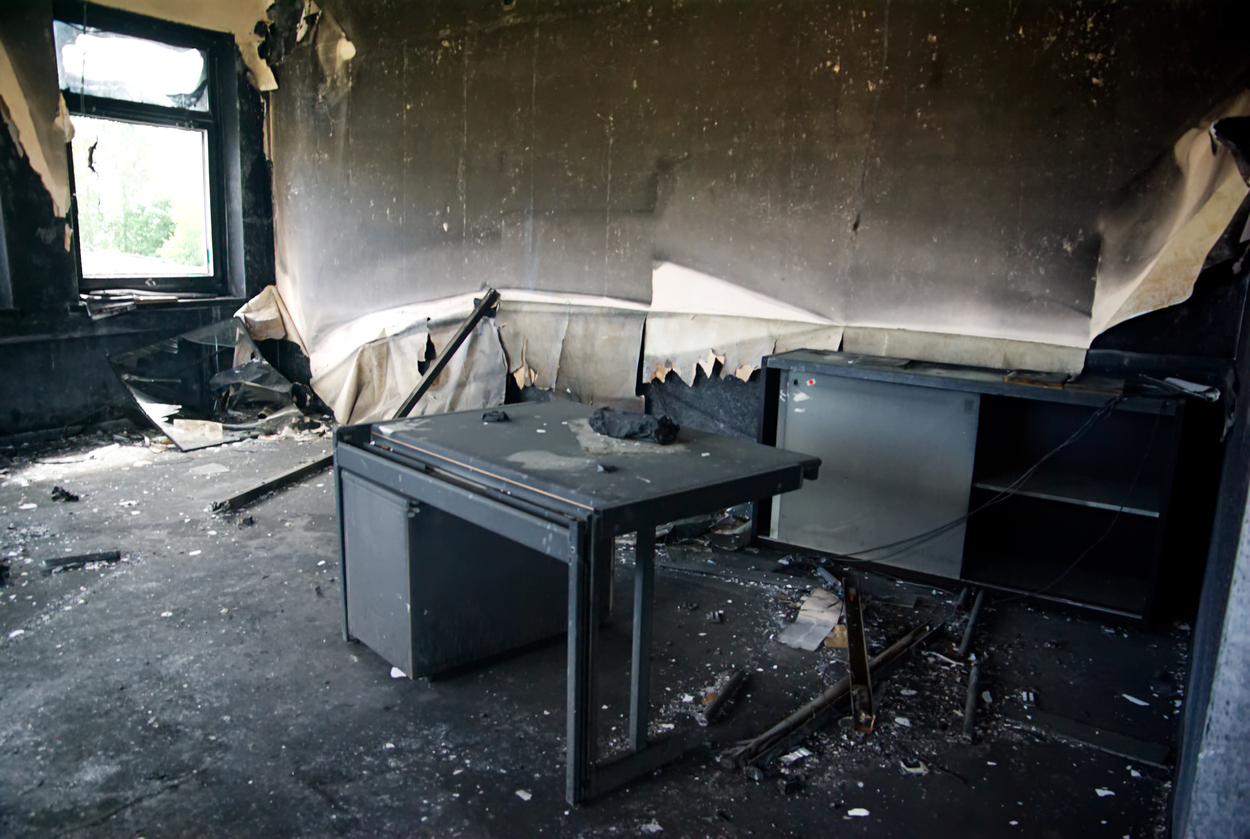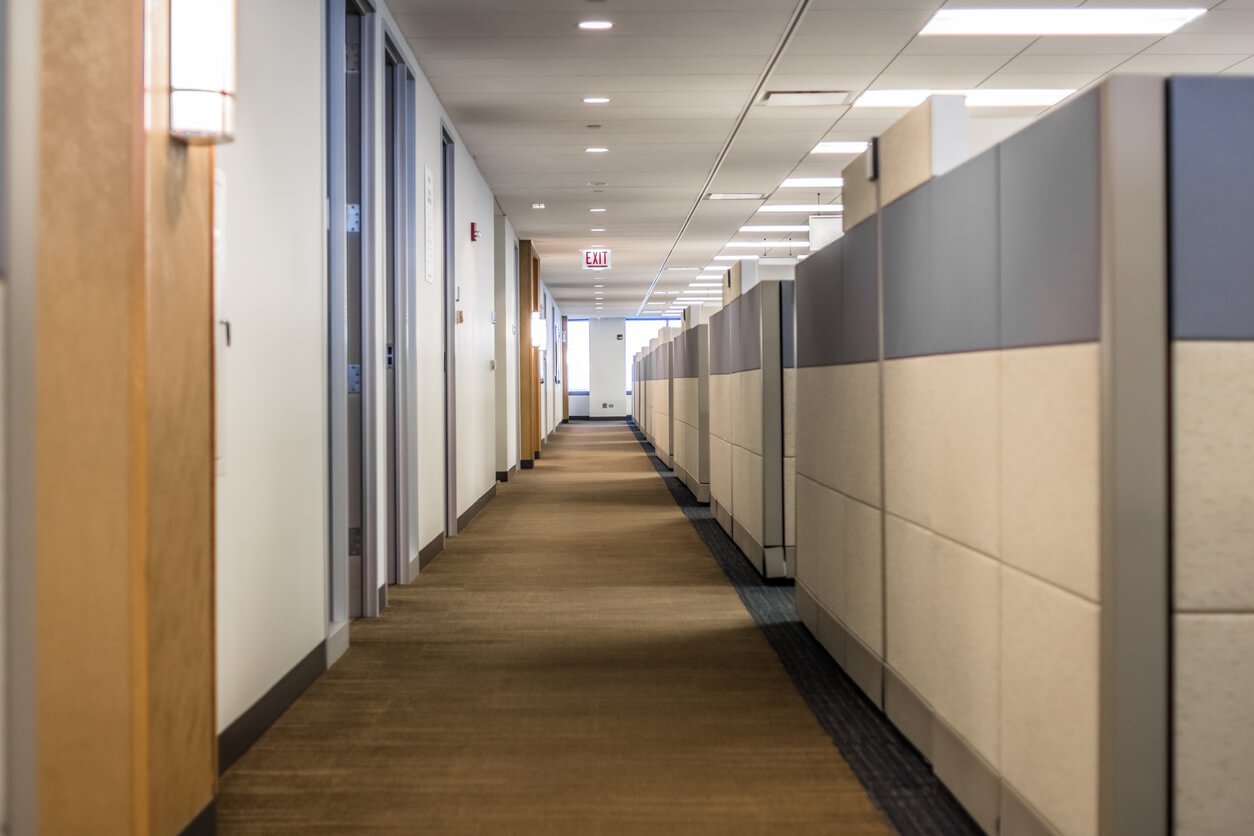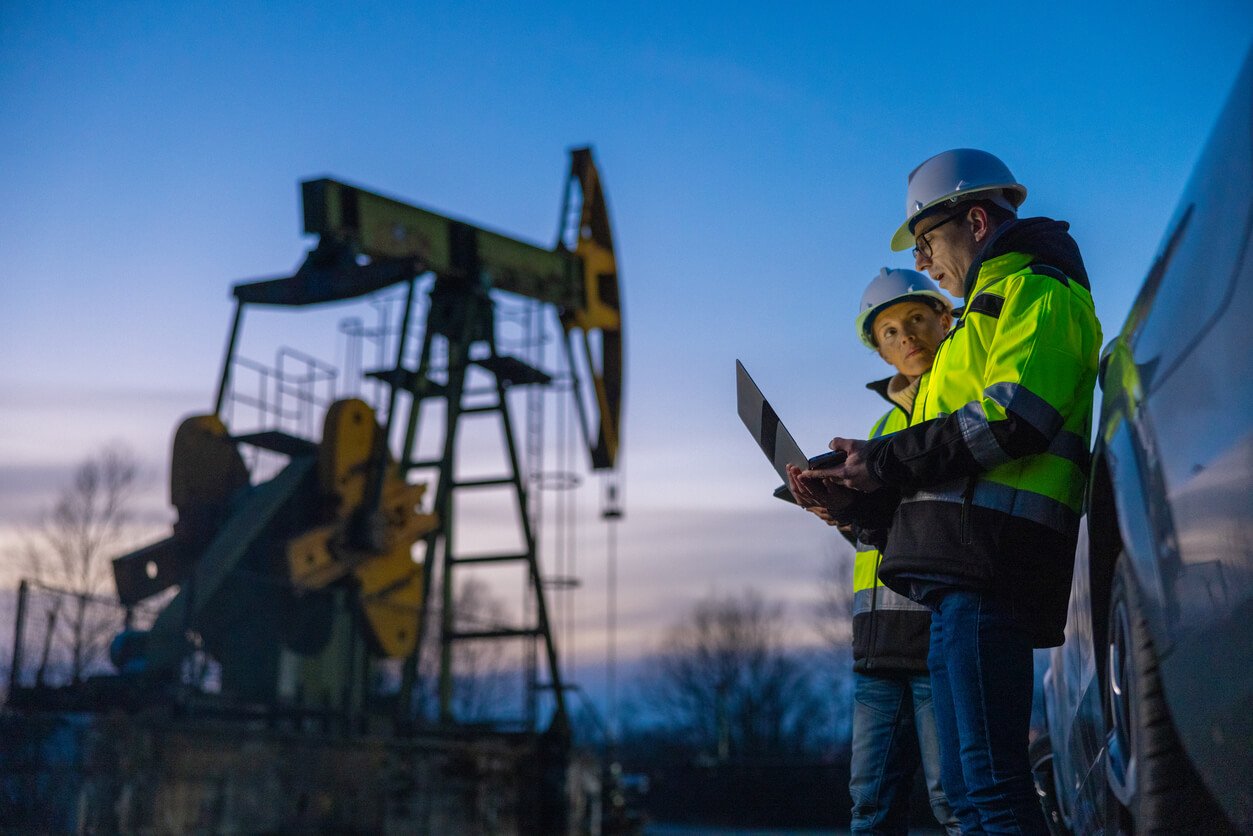Sprinkler systems save lives in the event of a fire. Along with other active and passive fire protection measures, a well-maintained fire sprinkler system can help suppress smoke and flames, and lessen the spread of the fire, reducing damages and giving everyone time to exit the building safely while fire services arrive.
There are four main types of commercial sprinkler systems, each adapted to the needs of various facilities to maximize response time and ensure the protection of employees and assets.
Wet Pipe System
Wet pipe sprinkler systems—or traditional fire sprinklers—are the most common across residential and commercial buildings. When a fire begins, the heat activates the nearest sprinkler head, releasing pressurized water stored in the pipes. Each sprinkler head is activated independently, reducing water damages in the event of a false alarm. Wet pipe systems are an inexpensive, low-maintenance option appropriate for offices, schools, and commercial properties.
Dry Pipe System
As opposed to wet pipe systems, dry pipe systems do not store water in their pipes. Instead, they are filled with pressurized air or nitrogen, which is released if a fire activates the valves in the sprinkler head. The pipes then fill with water and discharge it over the smoke or flames. While this system is more complex and costly than a wet pipe system, it is the most appropriate for cold climates where there is a high risk of frozen pipes halting an emergency fire response.
Pre-Action System
Pre-action systems are another form of dry pipe sprinkler, but require a two-step activation. When heat or smoke is detected, the pre-action valve will open and allow water into the pipes. Then, sprinkler heads can be individually activated to release water over the fire. This two-step process enables facilities to shut off the system in case of a false alarm, protecting their assets from water damage. Pre-action systems are especially useful in places where accidental discharge could lead to irreparable damages, such as museums, libraries, and data centers.
Deluge System
Deluge sprinkler systems are another version of a dry pipe system. However, as opposed to all previous options, the sprinkler heads in this system are always open. They do not have a heat-sensing element in the sprinkler head itself, and require an external smoke or heat sensor to activate. Once heat is detected, water fills the pipes and is released to all open sprinkler heads, creating a flooding effect across the entire area. This system is most often used in industries with flammable liquids that are likely to spread rapidly.
Installing a Sprinkler System
Fire sprinkler systems are an essential part of a complete fire safety protection plan for any facility.
While it is important to understand the difference between available sprinkler system options, the design, installation, and maintenance of these systems should always be handled by trained professionals. Once your sprinkler system is installed, fire protection professionals will work with you to develop a maintenance program that meets your needs and ensures the utmost safety for your employees and assets.








